

— Blogs —
—Products—
 Consumer hotline +8618073152920
Consumer hotline +8618073152920 WhatsApp:+8615367865107
Address:Room 102, District D, Houhu Industrial Park, Yuelu District, Changsha City, Hunan Province, China
Product knowledge
Time:2024-11-24 16:40:17 Popularity:879
In today’s era where tourism and ecological conservation go hand in hand, small meteorological stations for scenic areas play a crucial role. They are not merely technical devices but intelligent bridges that connect nature and human activities. These stations ensure the safety of tourists, enhance the tourism experience, and provide valuable data for ecological research.
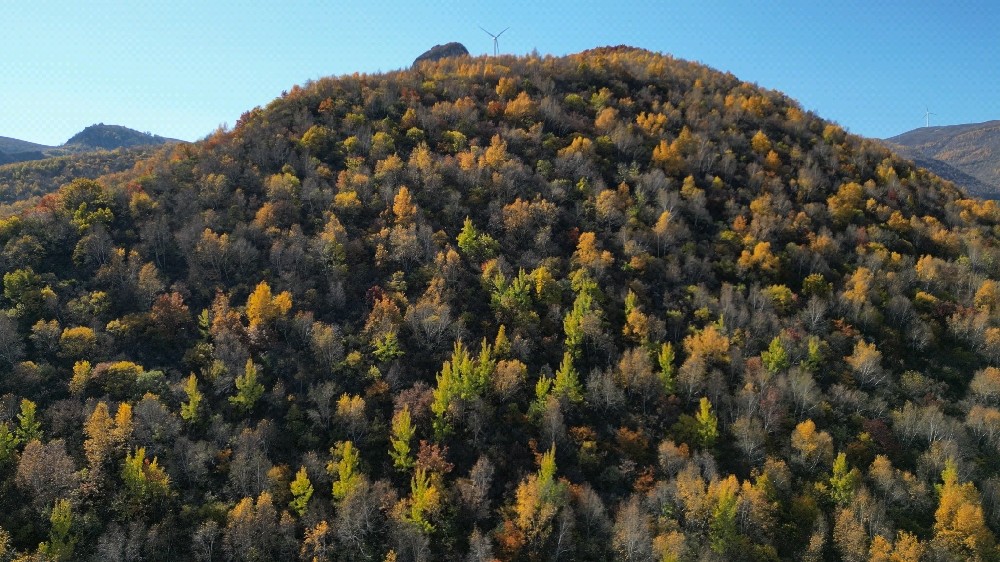
The scenic area meteorological monitoring small meteorological station is a high-precision meteorological monitoring system designed specifically for nature reserves and ecological scenic areas. This system integrates a variety of advanced sensor technologies, capable of collecting and analyzing key meteorological parameters in real-time, such as temperature, humidity, wind speed, wind direction, precipitation, and negative ion concentration. These data are crucial for assessing the environmental quality of scenic areas, predicting weather changes, planning tourism activities, and preventing natural disasters.
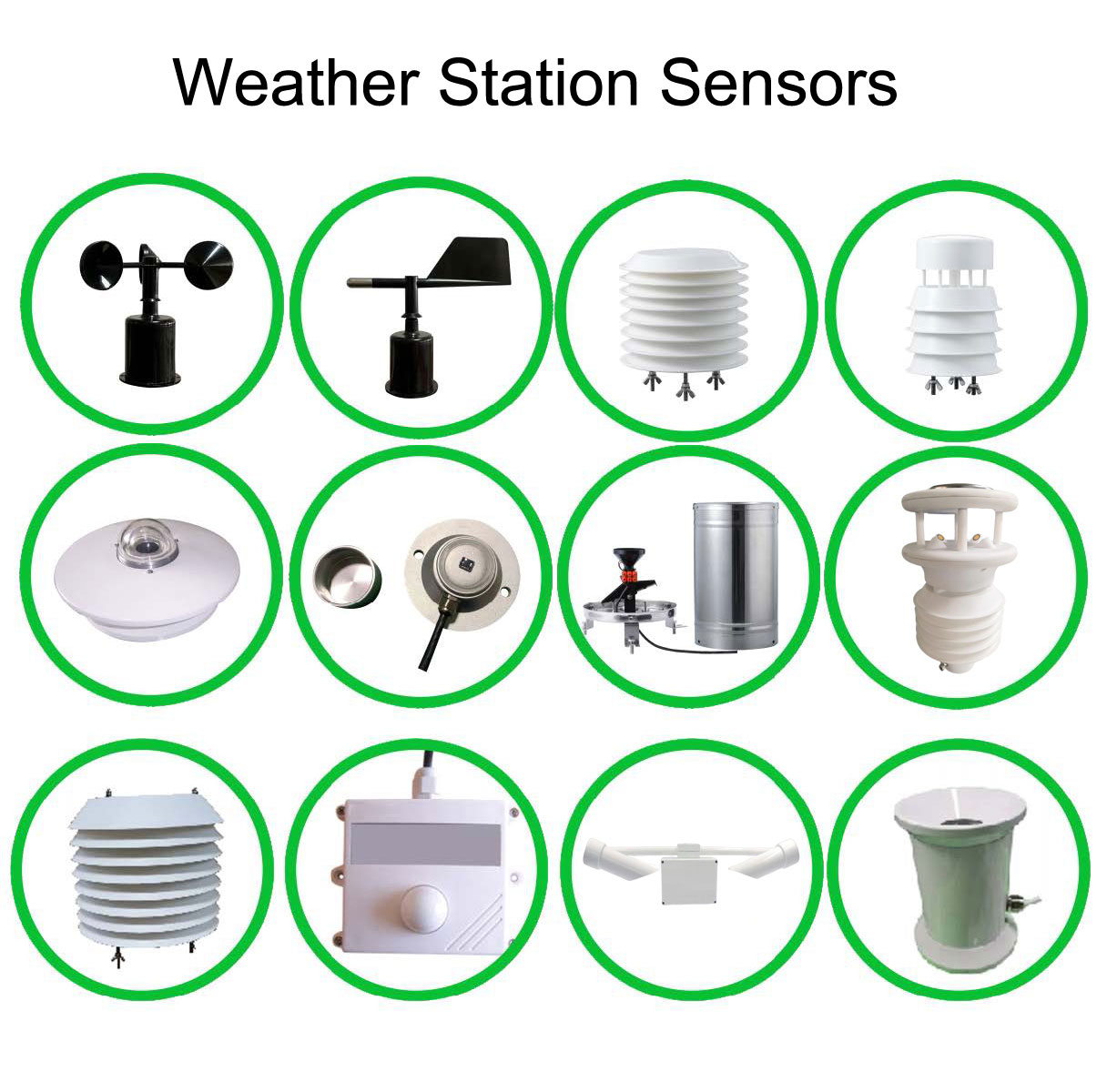
1. Temperature Sensor: Monitors the temperature changes within the scenic area, helping tourists choose appropriate clothing and activity timing.
2. Humidity Sensor: Monitors the humidity in the scenic area, providing tourists with comfort-related information and preventing health issues caused by excessive humidity.
3. Wind Speed and Direction Sensors: Real-time monitoring of wind speed and direction, offering safety tips, such as precautions during high wind conditions.
4. Negative Ion Sensor: Monitors the concentration of negative ions in the scenic area, reflecting air quality and providing health-related information. Negative ions, often referred to as "air vitamins," indicate fresh air, which directly enhances the attractiveness of the scenic area.
5. Carbon Dioxide Sensor: Monitors the concentration of carbon dioxide in the scenic area, reflecting air quality and providing health-related information. It also helps in monitoring plant respiration and environmental changes, providing data for ecological balance and climate change research.
6. Rain Gauge: Measures rainfall, offering data support for water resource management and flood prevention.
7. Light Intensity Sensor: Monitors light intensity, providing a basis for plant growth and energy management.
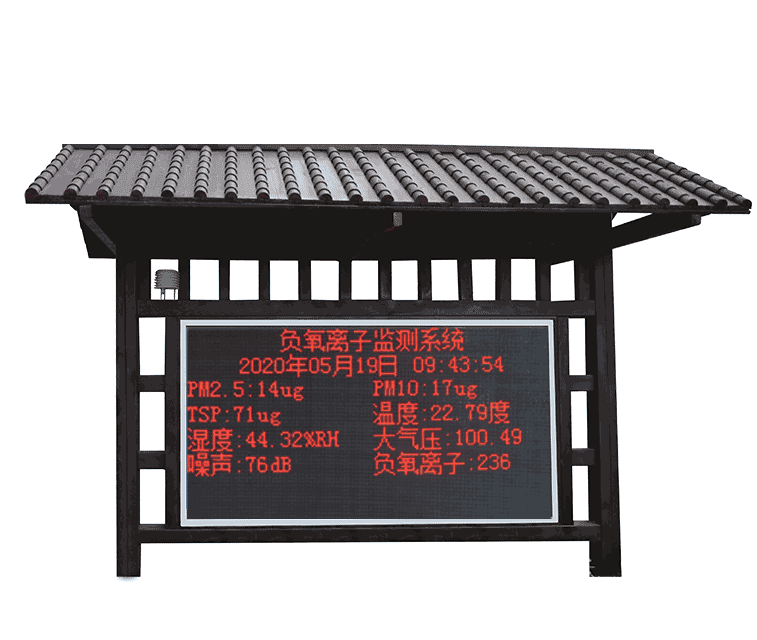
- Real-time Weather Information: Tourists can use real-time weather data provided by the meteorological stations to plan their activities, select suitable outdoor times, and avoid risky conditions during adverse weather.
- Climate Trend Prediction: The data from the meteorological station can be used to predict weather trends for the coming days, helping tourists arrange long-term activities, such as hiking or camping.
- Comfort Assessment: By monitoring data such as humidity and wind speed, the meteorological station can assess tourist comfort levels during specific times, helping tourists choose appropriate clothing and gear.
- Activity Recommendations: The meteorological station's data can be used to generate activity recommendations, such as the best time for hiking or photography, enhancing the overall tourist experience.
- Long-term Ecological Monitoring: Meteorological stations can operate continuously, collecting long-term data to provide consistent, stable support for scientific research.
- Biodiversity Conservation: By analyzing species distribution under specific climate conditions, the meteorological station can aid in developing conservation strategies to ensure ecological balance.
- Climate Change Research: Long-term data records can reveal the effects of climate change on vegetation growth cycles, species migration, and more, providing local evidence for global climate change studies.
- Environmental Impact Assessment: Monitoring data can be used to assess the environmental impact of tourism activities, guiding sustainable tourism practices and reducing negative impacts.

- Extreme Weather Alerts: Timely warnings about extreme weather conditions, such as thunderstorms or strong winds, can help ensure the safety of tourists.
- Disaster Prevention: Early warnings about natural disasters like floods or landslides enable preventive measures, reducing potential damages and protecting both tourists and facilities.
- Scientific Research: Provides firsthand data for ecological and climate research, supporting studies related to ecological balance and biodiversity conservation.
- Environmental Education: The meteorological station’s data can be used in environmental education programs, helping tourists understand the climate and ecosystem of the scenic area, thereby raising awareness about environmental protection.
1. Climate Monitoring and Analysis: The data collected by the meteorological station can be used to study the climate patterns of the scenic area and understand how climate change affects the local ecosystem.
2. Vegetation Monitoring: By monitoring data such as temperature and humidity, the station can assess the growth conditions of various vegetation types, aiding in the protection and restoration of specific ecosystems.
3. Animal Behavior Research: Meteorological data can help scientists study how animals respond to weather changes and how these changes affect animal behavior and migration patterns.
4. Disaster Warnings and Responses: Meteorological stations can monitor extreme weather events like floods, droughts, or storms, providing warnings to the management authorities of the scenic area, enabling timely responses to protect the ecosystem.
1. Resource Optimization: The data from the meteorological station can help optimize water resource management in the scenic area, such as efficiently allocating irrigation and drainage resources.
2. Ecological Protection Measures: By monitoring meteorological data, management authorities can take timely actions to protect vulnerable ecosystems, such as implementing protective measures during extreme weather conditions.
3. Tourist Management: The data from the meteorological station can be used to develop tourist management strategies, such as limiting visitor access to certain areas during adverse weather, reducing pressure on the ecosystem.
4. Environmental Education: Meteorological station data can be used in environmental education programs to help tourists understand the local climate and ecosystem, fostering a sense of environmental responsibility.
Although both scenic area and agricultural meteorological stations have meteorological monitoring functions, they differ significantly in terms of service targets, monitoring focus, and application scenarios:
- Scenic Area Meteorological Stations: Primarily serve tourists and scenic area managers, focusing on enhancing the tourist experience and ensuring safety.
- Agricultural Meteorological Stations: Primarily serve agricultural producers, focusing on crop growth conditions and agricultural disaster prevention.
- Scenic Area Meteorological Stations: Pay more attention to air quality (e.g., negative ions), comfort levels in high-traffic areas, etc.
- Agricultural Meteorological Stations: Focus more on factors affecting crop growth, such as soil moisture and light intensity.
- Scenic Area Meteorological Stations: Installed in tourist attractions, visitor centers, etc.
- Agricultural Meteorological Stations: Typically located in fields, orchards, or other agricultural production areas.
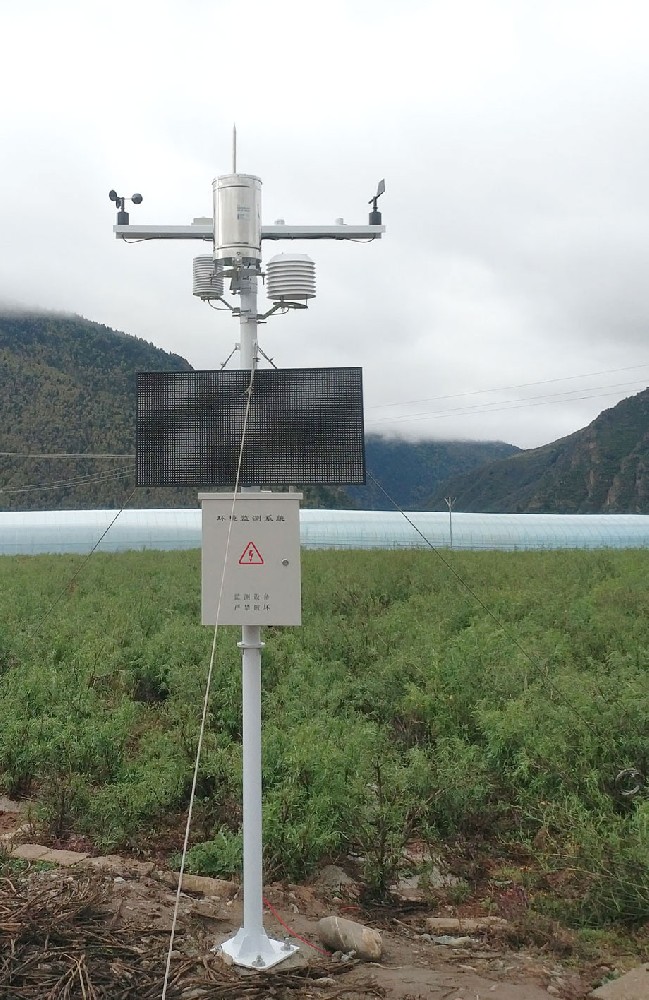
With technological advances and the rise of eco-tourism, small meteorological stations for scenic areas will evolve towards greater intelligence and precision. In the future, we can expect:
1. Integration of More Sensors: Such as PM2.5 monitoring, UV index monitoring, and more, to provide comprehensive meteorological and air quality information.
2. Remote Monitoring and Smart Alerts: Through IoT technologies, remote monitoring and data analysis will be implemented, enabling timely alert notifications and faster emergency responses.
3. Personalized Services: Based on tourists’ preferences and needs, personalized meteorological services will be offered, such as customized travel route planning or weather alert push notifications.
4. Ecological Research and Collaboration: Deeper collaboration with scientific research institutions to utilize meteorological data for ecological studies, providing scientific support for the sustainable development of scenic areas.
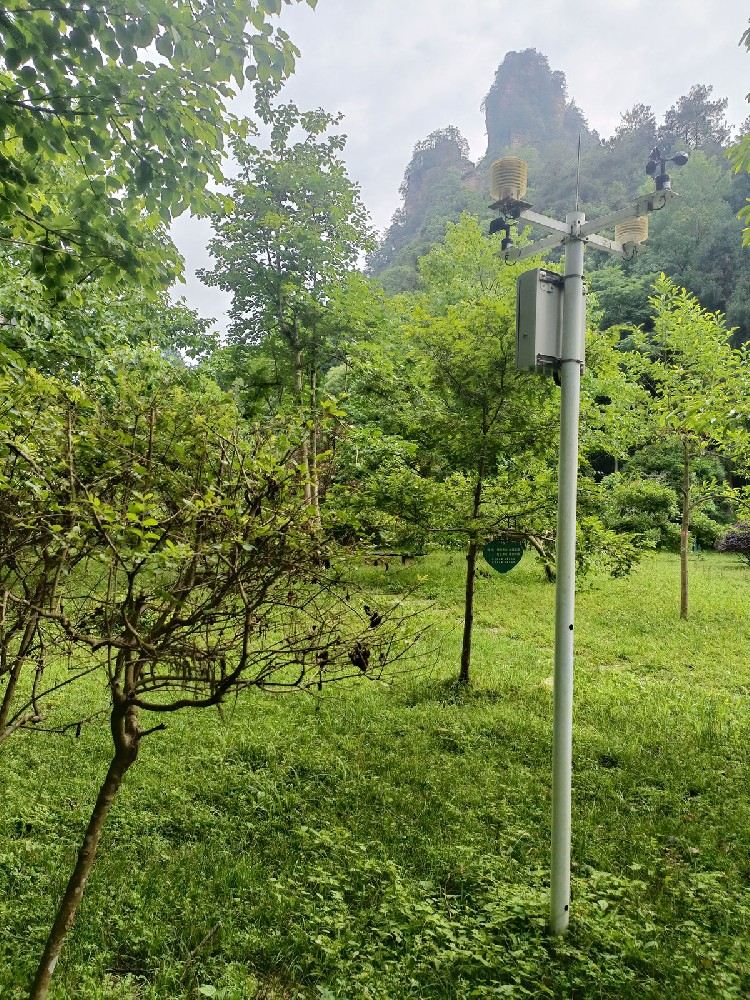
Conclusion
Scenic area meteorological monitoring small meteorological stations are not only a showcase of technology but also a reflection of the wisdom of harmonious coexistence between humans and nature. By accurately collecting and analyzing data, they not only protect the purity and beauty of nature but also provide strong technological support for the sustainable development of the tourism industry, making every journey a harmonious dialogue with nature.
Related recommendations
Sensors & Weather Stations Catalog
Agriculture Sensors and Weather Stations Catalog-NiuBoL.pdf
Weather Stations Catalog-NiuBoL.pdf
Related products
 Combined air temperature and relative humidity sensor
Combined air temperature and relative humidity sensor Soil Moisture Temperature sensor for irrigation
Soil Moisture Temperature sensor for irrigation Soil pH sensor RS485 soil Testing instrument soil ph meter for agriculture
Soil pH sensor RS485 soil Testing instrument soil ph meter for agriculture Wind Speed sensor Output Modbus/RS485/Analog/0-5V/4-20mA
Wind Speed sensor Output Modbus/RS485/Analog/0-5V/4-20mA Tipping bucket rain gauge for weather monitoring auto rainfall sensor RS485/Outdoor/stainless steel
Tipping bucket rain gauge for weather monitoring auto rainfall sensor RS485/Outdoor/stainless steel Pyranometer Solar Radiation Sensor 4-20mA/RS485
Pyranometer Solar Radiation Sensor 4-20mA/RS485
Screenshot, WhatsApp to identify the QR code
WhatsApp number:+8615367865107
(Click on WhatsApp to copy and add friends)
